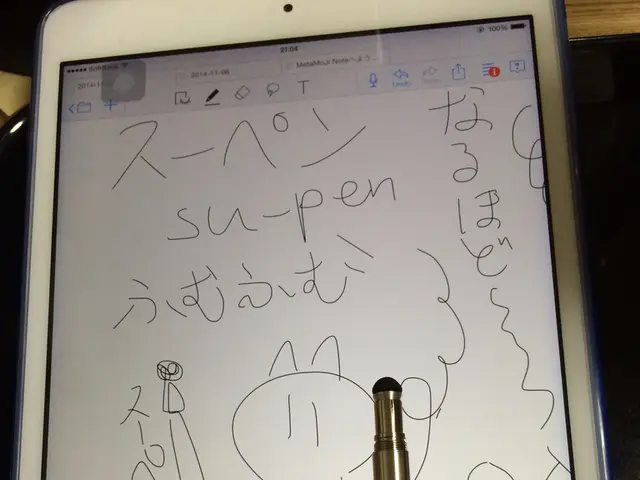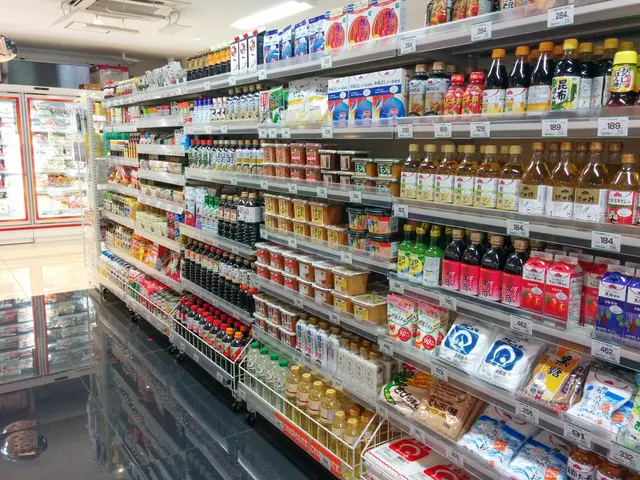Various Bonsai Tree Species for Every Green Thumb's Desired Choices
From the enchanting miniature wonders of a Pomegranate bonsai to the rugged resilience of a Pine bonsai, these fascinating plants continue to captivate gardeners worldwide. By understanding the specific needs of each species, you can create your own living masterpiece that will thrive for years to come.
In this article, we'll explore the care requirements for some of the most popular bonsai trees, both indoor and outdoor varieties.
## Indoor Bonsai Trees
### Ginseng Ficus
This air-purifying plant is a popular choice for indoor bonsai enthusiasts. It prefers bright, indirect sunlight, requiring 6-8 hours of light daily. Ginseng Ficus thrives in temperatures between 60-75°F and can tolerate low humidity due to its waxy leaves. Watering should be done when the soil is slightly dry, and a monthly dose of diluted multi-purpose fertilizer is recommended.
### Weeping Fig
The Weeping Fig is another indoor favourite, known for its easy care and adaptability. It prefers bright, indirect sunlight and a humid environment. Watering should be done when the top inch of soil feels dry, and regular fertilising with a balanced fertiliser is advised.
### Dwarf Jade
Dwarf Jade is a low-maintenance, drought-tolerant bonsai that prefers bright, indirect sunlight but can tolerate some direct sunlight. It thrives in low to moderate humidity and should be watered when the soil feels dry to the touch.
## Outdoor Bonsai Trees
### Japanese Maple
The Japanese Maple is renowned for its vibrant fall colours. It prefers partial shade to full sun, depending on the variety, and a humid environment. Watering should be done when the top inch of soil feels dry, and regular fertilising during the growing season is recommended.
### Juniper
Juniper bonsai thrives in full sun and is suitable for zones 3-11. It requires low to moderate humidity and consistent watering, avoiding waterlogging. Regular fertilising with a balanced fertiliser is also advised.
### Cedar
Cedar bonsai is known for its aromatic foliage. It prefers full sun and well-draining soil. It's frost-hardy and can tolerate some neglect.
### Pomegranate
Pomegranate bonsai prefers full sun and warm climates with temperatures above 40°F. It grows between 1-3 feet and produces vibrant flowers and edible fruit.
### Pine
Pine bonsai thrives in USDA zones 4-8. It grows between 1-3 feet and is known for its long needles, rugged bark, and longevity.
### Japanese Flowering Cherry
The Japanese Flowering Cherry adds seasonal beauty with its pink or white flowers and symbolises renewal. It prefers full sun to partial shade, a humid environment, and regular fertilising during the growing season. It thrives in USDA zones 5-8.
## General Care Tips
Regular pruning is necessary for shaping and maintaining the health of bonsai trees. Most bonsai trees need to be repotted every 2-5 years to maintain root health. Regularly inspect for signs of pests or diseases and treat promptly.
Bonsai cultivation fosters patience, creativity, and a deep connection with nature. Each bonsai species has unique needs, so it's crucial to research specific care requirements for your tree to ensure optimal health and longevity.
Embrace the tranquility and beauty of bonsai, and let these miniature wonders inspire you daily.
- For lovers of indoor bonsai, the fashion-and-beauty world of cooking can offer a variety of recipes featuring exotic ingredients, elevating your lifestyle with culinary masterpieces that will delight your senses.
- If you enjoy gardening and have an affinity for home-and-garden décor, you might find inspiration in food-and-drink pairings, such as creating a tablescape with a Pomegranate Martini and a Pineapple Upside-Down Cake, beautifully complimenting your miniature Pine bonsai.
- As you nurture your Bonsai tree with patience and care, consider incorporating a Japanese tea ceremony into your lifestyle, inviting friends over for an afternoon of tranquility, reminiscent of the resilience and longevity of your very own living masterpiece.






